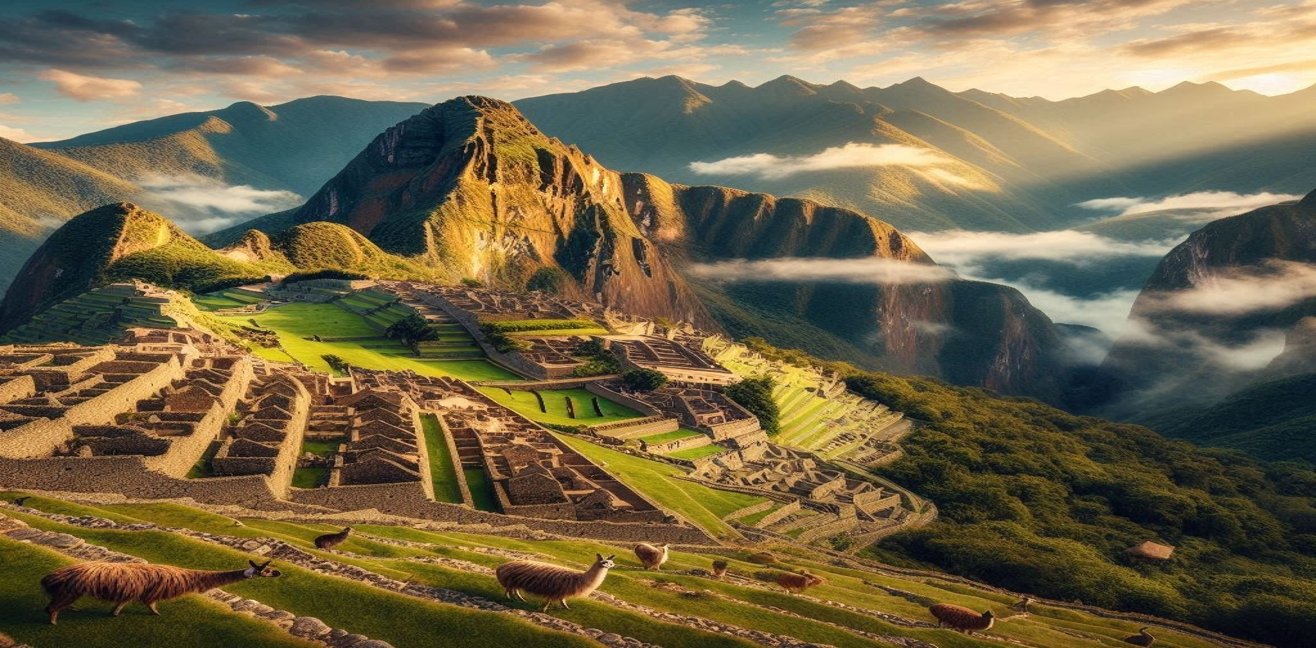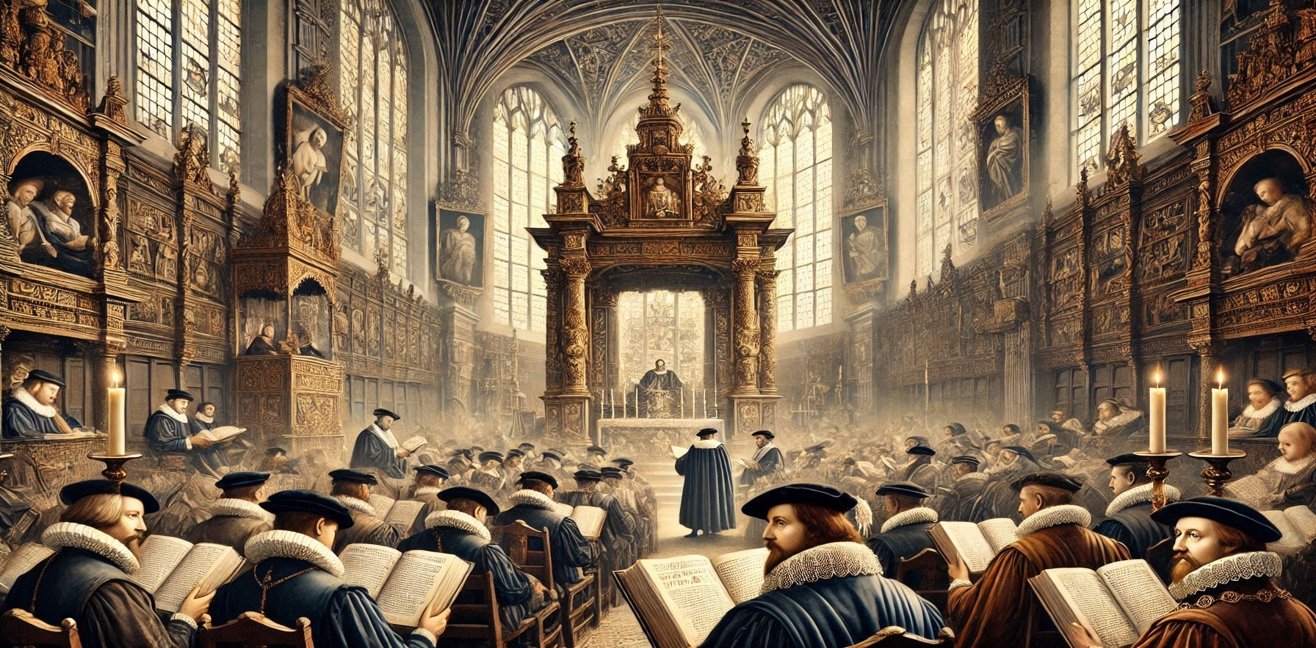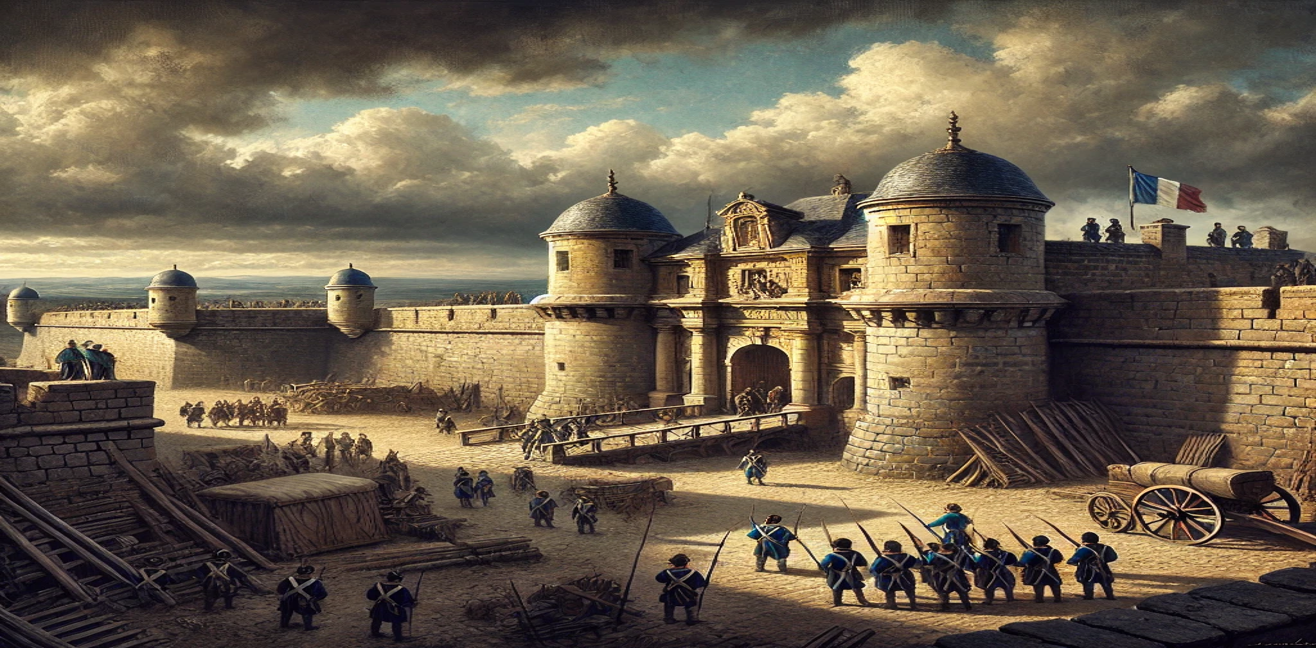Throughout history, many great empires have risen to power, but the Inca Empire, with its elegant structure, advanced civilization, and impressive culture, continues to captivate people with the legacy it left in the heart of Latin America. From the 15th to the 16th century, the Inca ruled over the Andean Mountains of South America, creating one of the largest empires in the world. However, behind this grandeur were not only military victories or conquests; the Inca Empire was also known for its advanced engineering, agriculture, and remarkable organizational skills.
The Rise and Expansion of the Inca Empire
The roots of the Inca Empire trace back to the 12th century BCE, but it was not until the 15th century, under the leadership of Pachacuti, that the empire truly gained power. Pachacuti transformed the Inca from a small city-state into a vast regional power. This period marked a revolution, not only in military conquests but also in the construction of road networks, agricultural systems, and social structures.
The territory controlled by the Inca spanned much of present-day Peru, Bolivia, Chile, Ecuador, and parts of Argentina. This vast expanse became a mosaic, blending Inca culture, economy, and ethnic diversity.
The Marvel of Inca Engineering and Agriculture
Perhaps one of the most impressive aspects of the Inca Empire was its extraordinary engineering achievements. The Incas built sophisticated structures to navigate the challenges posed by mountains and valleys. Ruins like Machu Picchu stand as symbols of Incan engineering genius. These stone structures were designed to withstand seismic activity, manage water flow, and remain durable even at high altitudes.
In agriculture, the Incas used terracing techniques to transform steep mountain landscapes into fertile fields. This method not only provided sustenance for the local population but also enabled the empire to produce enough food to sustain its growing population. Inca agriculture relied on innovative solutions tailored to local climates, allowing them to grow a variety of crops.
The Social Structure and Culture of the Inca Empire
At the heart of Inca society was a hierarchical structure. At the top was the Sapa Inca, the emperor, who was also regarded as the earthly representative of the sun god, Inti. The social structure below him included nobles, priests, and commoners, with each group having specific roles and responsibilities. This system played a crucial role in maintaining the order and governance of the empire.
Religion and culture were deeply intertwined. The Inca believed in multiple gods, with Inti, the sun god, being the most revered. The Inca people sought to live in harmony with nature, and this belief was evident not only in their daily lives but also in the monumental structures they built, which were designed to align with celestial and natural forces.
Legacy: The Enduring Influence of the Inca Empire
The tragic fall of the Inca Empire came in the early 16th century, with the arrival of Spanish conquistadors. However, the legacy of this great empire is still felt across South America. Inca engineering, agricultural techniques, and cultural richness continue to influence the region today.
In modern times, the legacy of the Inca Empire lives on through the ruins that attract tourists, the handicrafts that reflect ancient traditions, and the local customs that have endured. The story of the Inca Empire, a symbol of power and culture, remains a testament to a civilization that continues to inspire awe, even centuries after its decline.




